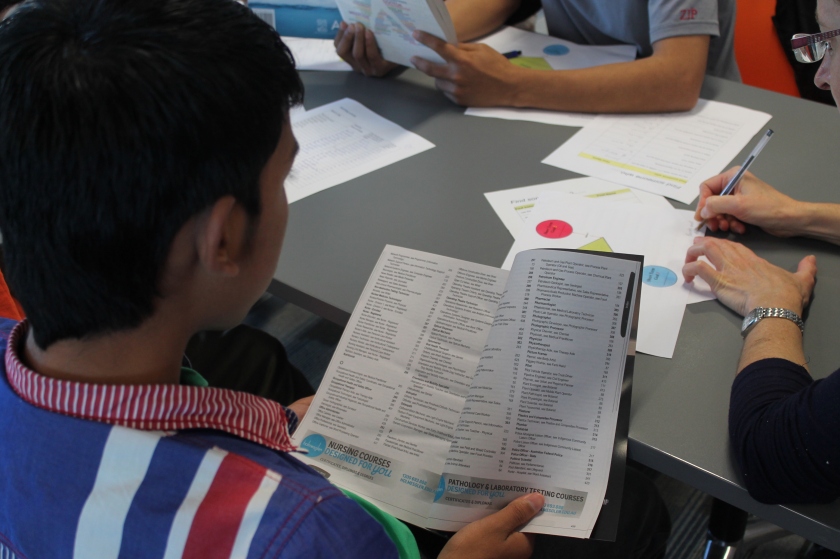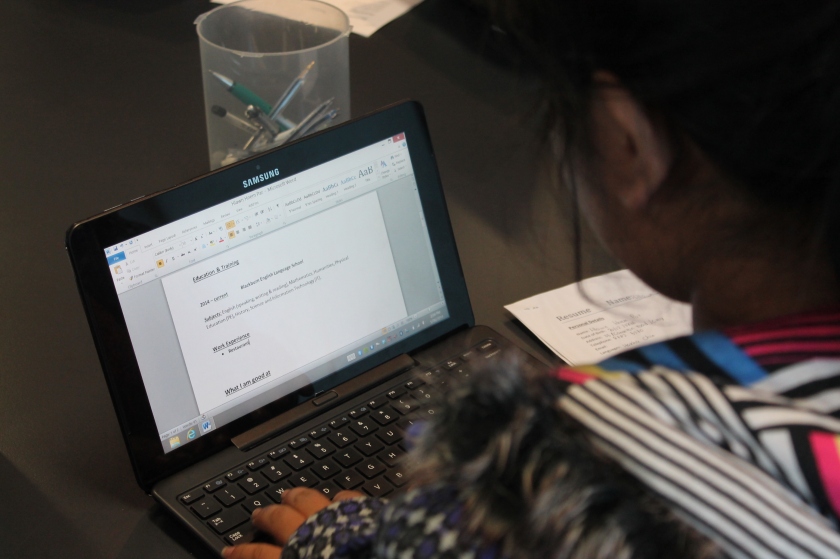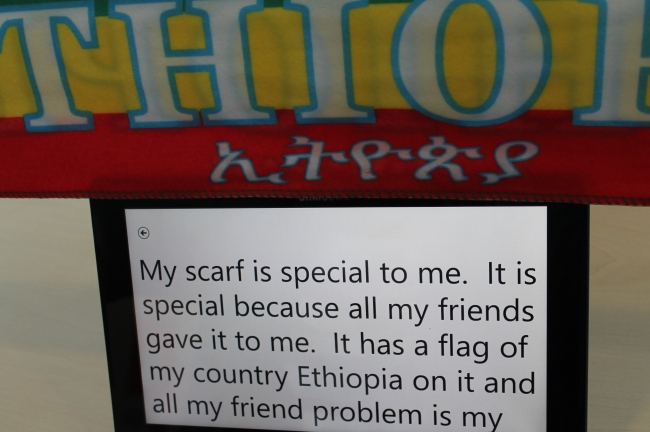Young people settling in a new country face considerable change. Every day brings them new experiences and ways of looking at the world. They need time and space to learn a new language, embrace a bi-cultural identity and feel a sense of belonging. They also need to consider their futures: the skills they require to succeed within a new cultural context and how to strike a balance between what they like to do and are already good at.
At The Huddle, we work with recently arrived teenagers, to learn the language of work and articulate aspirations. They imagine a future for them selves and plan towards making it a reality. They consider the steps required to seek a part-time job and learn about the differences between skills, education, qualification, and work-based training.
In a world this is increasingly globalized, young migrants should fare well – they are readily able to imagine working cross-culturally and internationally; they are flexible and accustomed to change; they are bilingual; and from my observations, they have a strong sense of citizenship and desire to help others.














